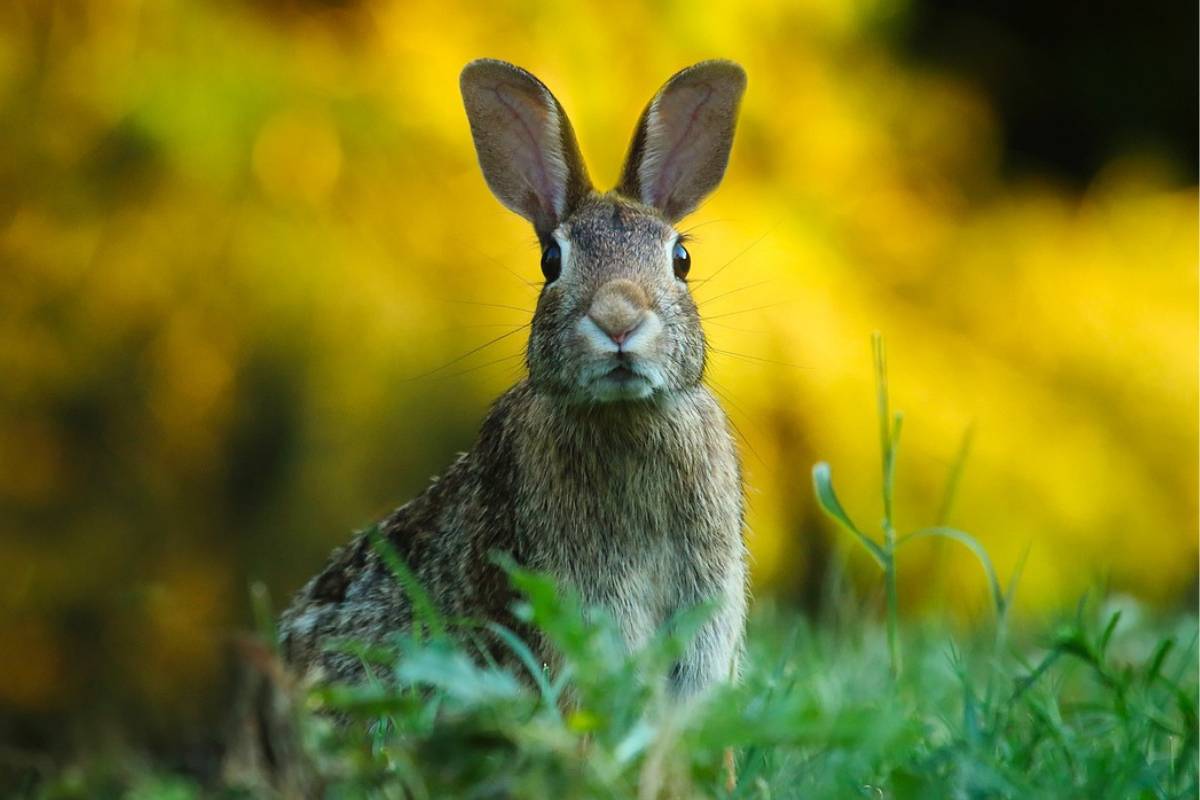Rabbits are becoming increasingly popular as lovable pets due to their adorable and furry nature. Due to their cute appearances, capacity to offer companionship, and even ability to play along with other pets, they can be wonderful additions to the family, much like cats and dogs. Learning about the many rabbit senses will be an excellent way to know what to expect and how to take better care of your pet if you’re taking care of them for the first time or even if you’re just thinking about it.
Rabbit senses
In this article we’ll learn which of a rabbit’s 5 senses senses are more enhanced than the others, and discover some surprising facts about these small mammals.
1. Taste
Enhanced
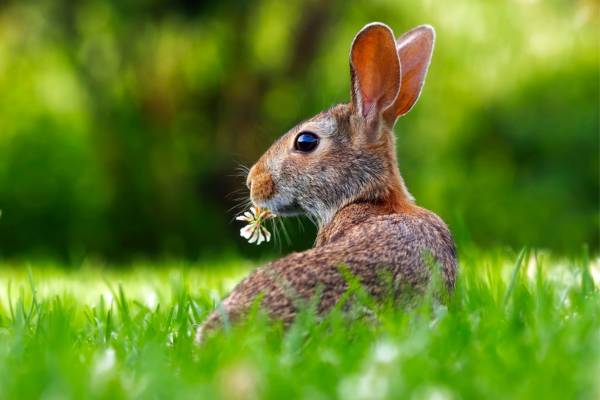
Like all other animals in the wild, rabbits have a sense of taste that allows them to recognize and distinguish the different flavors of the food they eat. They can use this to distinguish between different tastes, such as sweet, sour, bitter, and salty. Additionally, they can identify which plants are toxic and which ones are not when they encounter them in the wild.
Rabbits have 17,000 taste buds, exceeding the number of taste buds found in humans, which is limited to a maximum of 10,000. They also have a more developed sense of taste because they have taste buds not only on the fungiform papillae but also on the foliate papillae, while humans only have taste buds on the fungiform papillae.
2. Vision
Enhanced
Having a keen sense of vision is crucial for animals in the wild, as it allows them to detect potential dangers and predators effectively. Rabbits, being prey animals, have a natural need to stay aware of potential threats approaching from all directions. Because of this, they have big, wide eyes that let them see almost everything around them.
However, a small blind spot may exist in front of their nose and below their chin. They’re most active in the early morning and late evening, so a surrounding environment with a medium amount of light lets them see better.
3. Touch
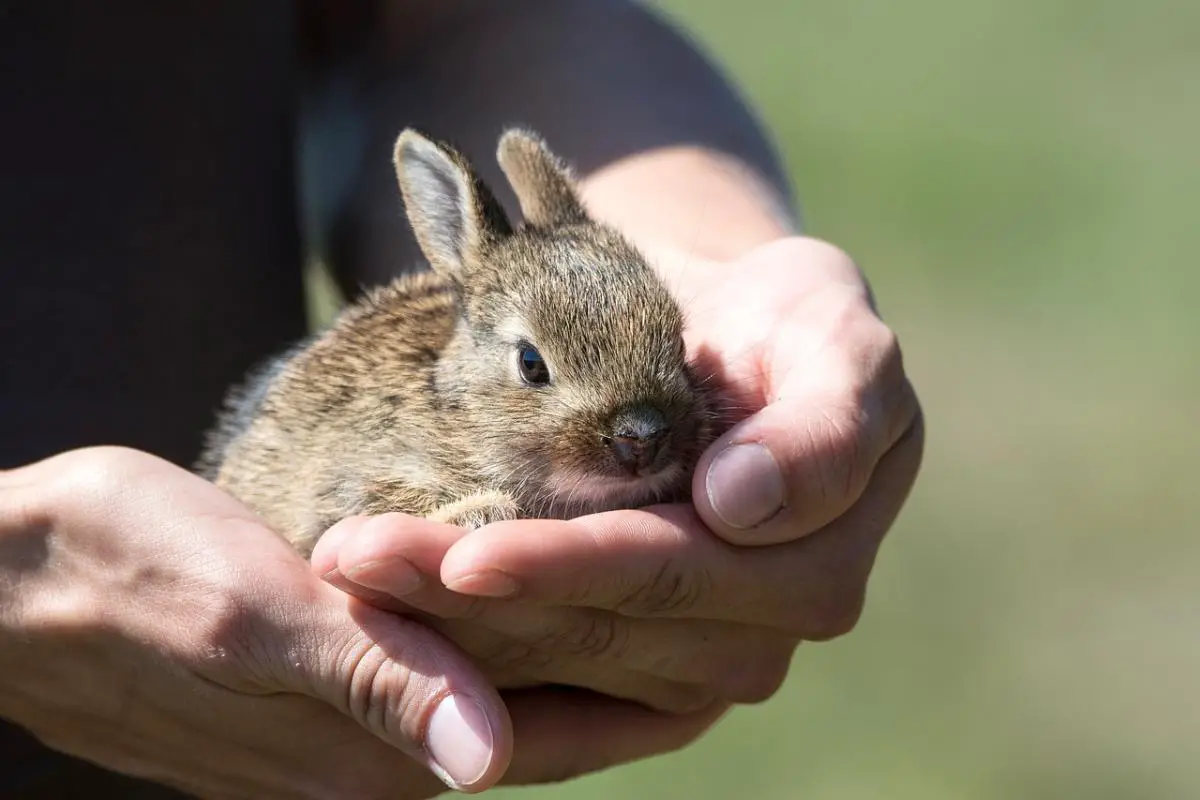
Touch makes the ability to feel and be aware of our surroundings possible. Our skin, the largest organ in our body, plays a crucial role in this process. The same goes for these furry creatures, and in fact, their sense of touch is much more sensitive than humans. Humans can only experience the sensation of touch when something touches our skin.
In rabbits, their fur and whiskers play an active role in activating these senses, and this is because their fur and whiskers contain basket nerve endings, which help to stimulate these senses. Even a light brush of the fur or whiskers might cause the rabbit to feel it, thanks to these nerve endings.
4. Smell
Enhanced
You might notice one adorable trait in your rabbit: its nose twitches. This behavior serves a greater purpose beyond just breathing. They greatly benefit from their sense of smell in terms of survival because this ability allows them to easily detect nearby predators, even if they aren’t visible to them.
Compared to humans, who only have about 6 million scent cells, rabbits have over 100 million, giving them a significantly more sensitive nose. They use their sense of smell for various purposes, including identifying other animals, searching for a suitable mate, and even locating food.
5. Hearing
Enhanced
The big ears of a rabbit are the most obvious characteristic that can be used to identify this adorable creature. They have large ears that enable them to perceive a wide range of sounds, exceeding the auditory capacities of humans. These remarkable ears allow them to detect and identify various types of sounds, including those of low and high frequencies.
Rabbits can hear sounds humans can’t hear, enabling them to escape and hide from predators in their natural habitat effortlessly. Aside from hearing, they also use their ears for thermoregulation since they don’t have pores and don’t perspire to cool their bodies.
Facts about rabbits
1. To be healthy, rabbits eat their poo!
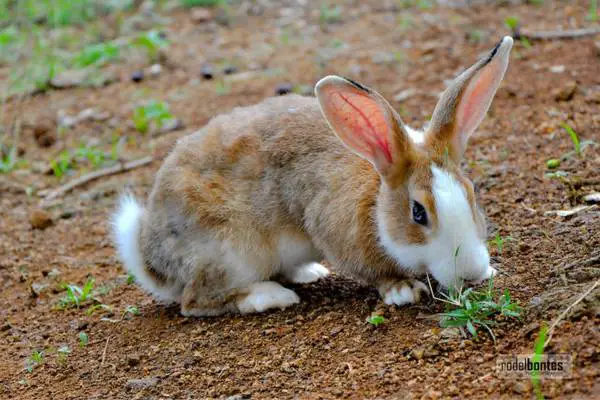
These creatures engage in a behavior known as caecotrophy. They do this because their digestive tract doesn’t absorb all the nutrients during the initial digestion process. Therefore, they must re-consume their waste to extract the remaining nutrients.
2. They have powerful hind legs
Rabbits have incredibly powerful hind legs that allow them to perform great leaps, reaching heights of nearly 4 feet vertically and up to 9 feet horizontally.
3. Rabbits prefer fresh leafy vegetables to carrots
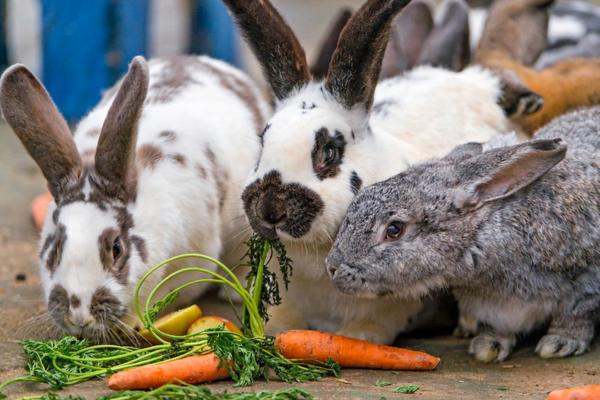
Although it’s common to watch these animals on television munching on carrots, in real life, these animals favor eating green leafy vegetables over root vegetables. Carrots have a lot of sugar, so it’s best for them to only have them as treats and in small amounts.
4. Rabbits have a high rate of reproduction.
They reach sexual maturity just three months after birth, allowing them to breed rapidly in comparison to other animals. Also, these animals have a brief gestation period and give birth to large litters with as many as 15 offspring.
Sources:
- “Senses of rabbits”, E. van Praag, Federal Food Safety and Veterinary Office, 2019, medirabbit.com
- “What Do Rabbits See?”, M. Chapman, Wisconsin House Rabbit Society, cdn.ymaws.com

